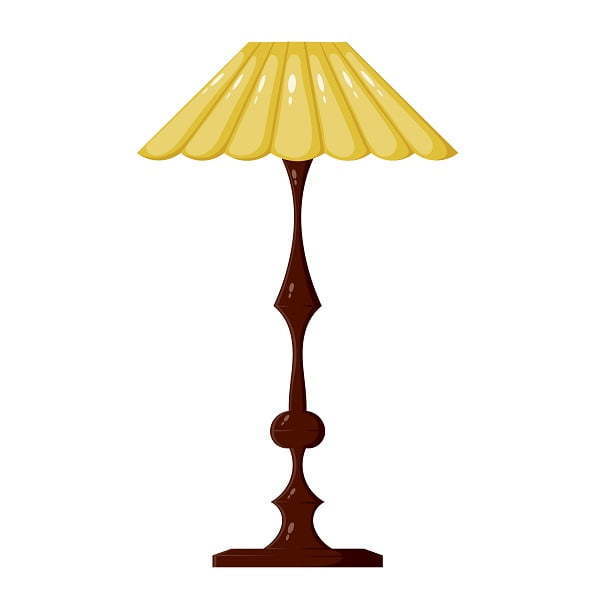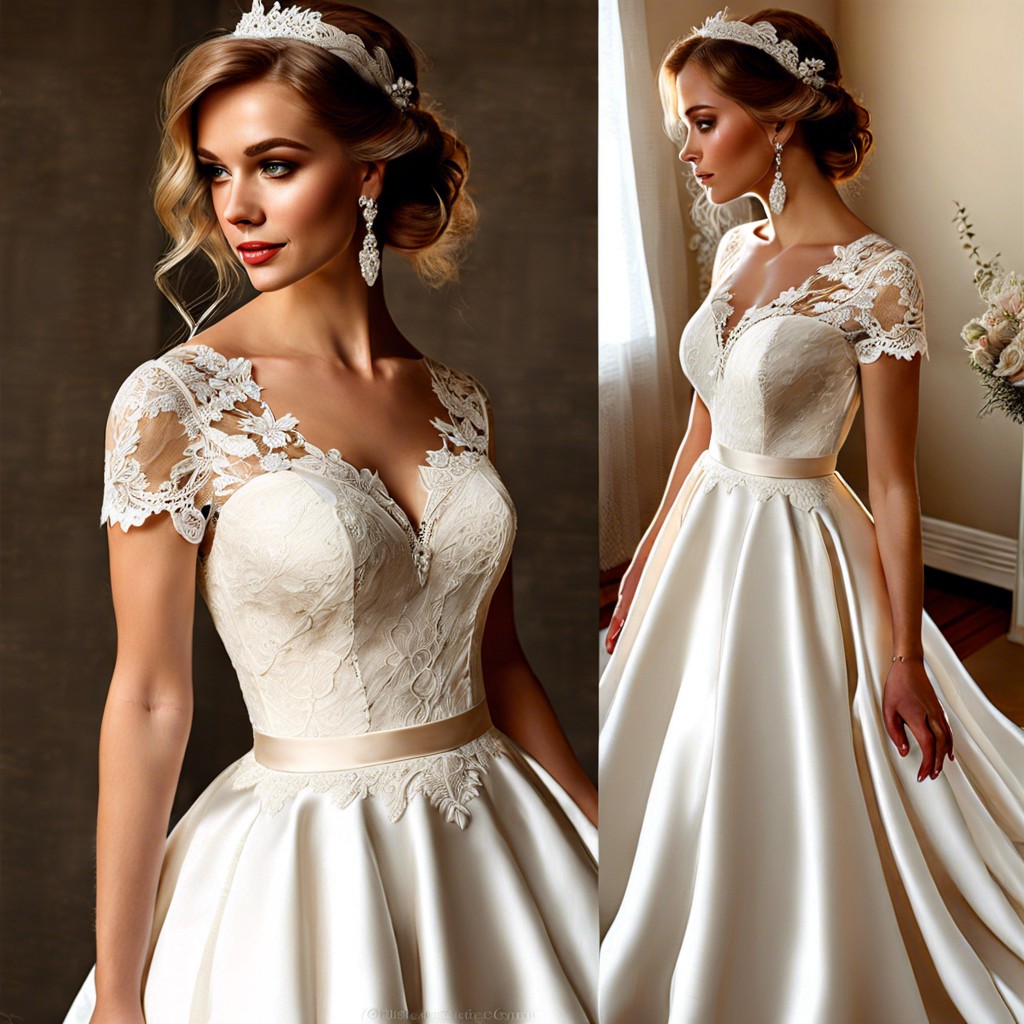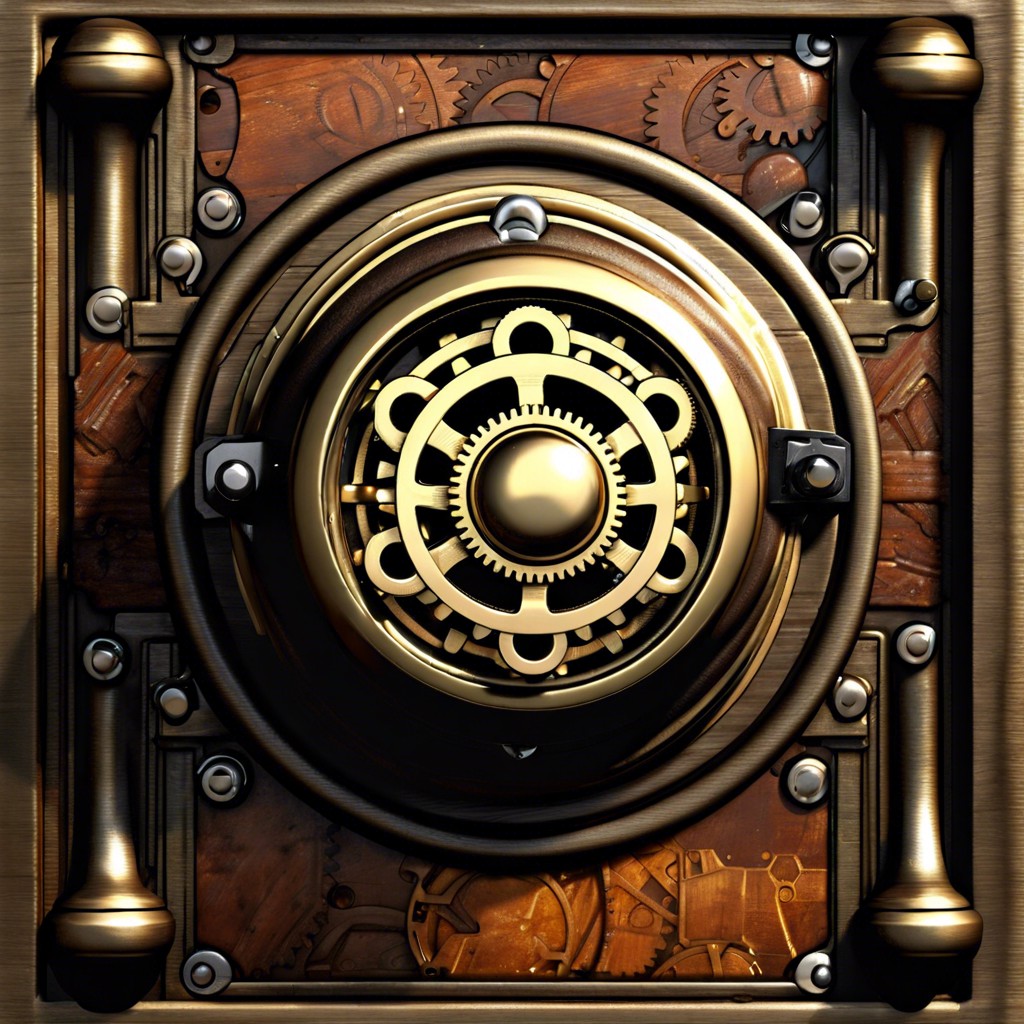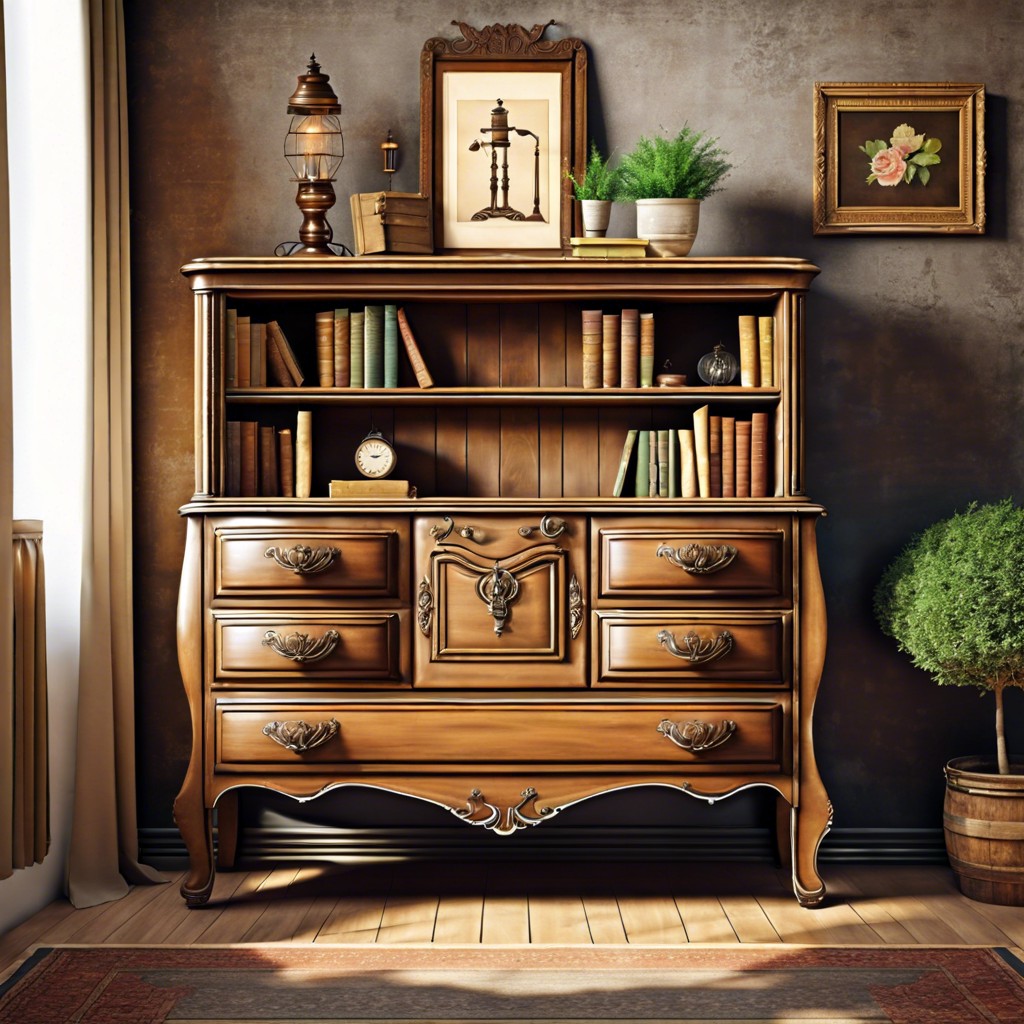Last updated on
This article will show you how to identify vintage lamps. It may be worth doing if you want to praise a lamp you have as heirloom, or if it’s something you want to buy at a flea market.
It’s a fun exercise too so. Getting a vintage lamp as a decor accessory for your home is a great way to add that personal touch without faking it.
Antique Lamp

It can be difficult to identify the manufacturer of an old lamp, but there are a few hints that can be used for anyone who is interested. One way to figure out the style of the lamp is by looking at its characteristics, such as whether it’s an art nouveau lamp, an art deco lamp, etc. The style of the table lamps can help you narrow down where it was made and what era they were manufactured in.
Lamp Maker
It is possible to deduce the maker of the lighting fixture by examining any writing or drawings found on the metal base with a magnifying glass.
-Lift up an area of fabric covering and hold up a light towards on all sides in order to find manufacturer markings, or date written next to their stamp.
-The base panels may be covered in dust which often occurs when examining antiques so it is advisable have cloth for this circumstance as well as a gentle washing solution.
A Maker’s mark or Manufacture’s mark is an easy way to tell if a lamp was made by Tiffany, Bradley and Hubbard, or someone else. More often than not, If there is a maker’s sign on the lamp, it will be stamen on the base. If this does not work look in any supporting documentation of lamp collecting info books for free information.
Antique lamps are more valuable if they have identifiers such as Handel, Tiffany, and so on. Markings from some companies like Bigelow or Kovaks also show that the lamp is worth more money. Some lamps list their maker but not all of them do.
Lamp Shade
In urban areas such as the old U.S. trade, lampshades often bear a traditional design with a skirt of fabric, typically collarless and square or circular in shape.
Cord
The older the lamp, the cords would be older. Inspect the cord if it’s old, and check if there are any differences in size between the prongs at either end of what plugs into an outlet. In many antique lamps, one side of the plug is completely exposed with wires and screws exposed.
Clues on an electric lamp might show how old it is because more than likely the cord will look old as well.
Decals
If you come across a design that is smooth to the touch and exactly the same on all areas of the design, then it is likely that it was painted by a machine instead. If there are brush strokes, then they were probably hand-painted.
If the lamp looks new in every way – shiny metal, no buildup of dust and debris, and glass that doesn’t have any chips, cracks or discoloration – then it may be a reproduction. Even if it’s kept in good condition, old lamps generally show signs of aging such as the patina on their metal or a buildup from use on an oil lamp for example.
Lamp’s Worth
Determining the worth of a lamp, an often overlooked item in a home, is often dependent on what it looks like and how old it is. Older items have more value than newer ones and will usually command high prices at auctions.
Overall, the lamp is damaged. The type of damage decides whether repairs will be possible and how much value it has.
Many lamps that look like they are made of copper may be another material cheaply painted to look like copper. Some people take off the paint and find that underneath, they found an old lamp made of a different material. You can determine the type of metal in a lamp by scratching its base which is hidden from plain sight.
Lamp’s Age
If a lamp is made before 1940, the wiring will likely be wrapped in cotton.
The age of the lamp can be determined by examining the electrical cord and checking for any manufacturer’s marks inside of the bulb socket in addition to looking at inside of the plug and where it connects.
The search may follow the shade for any clues of whether it came from a famous designer or just an average company. Before deciding on the true worth of a part you should inspect each part of the lamp and note if it is authentic or if not.




